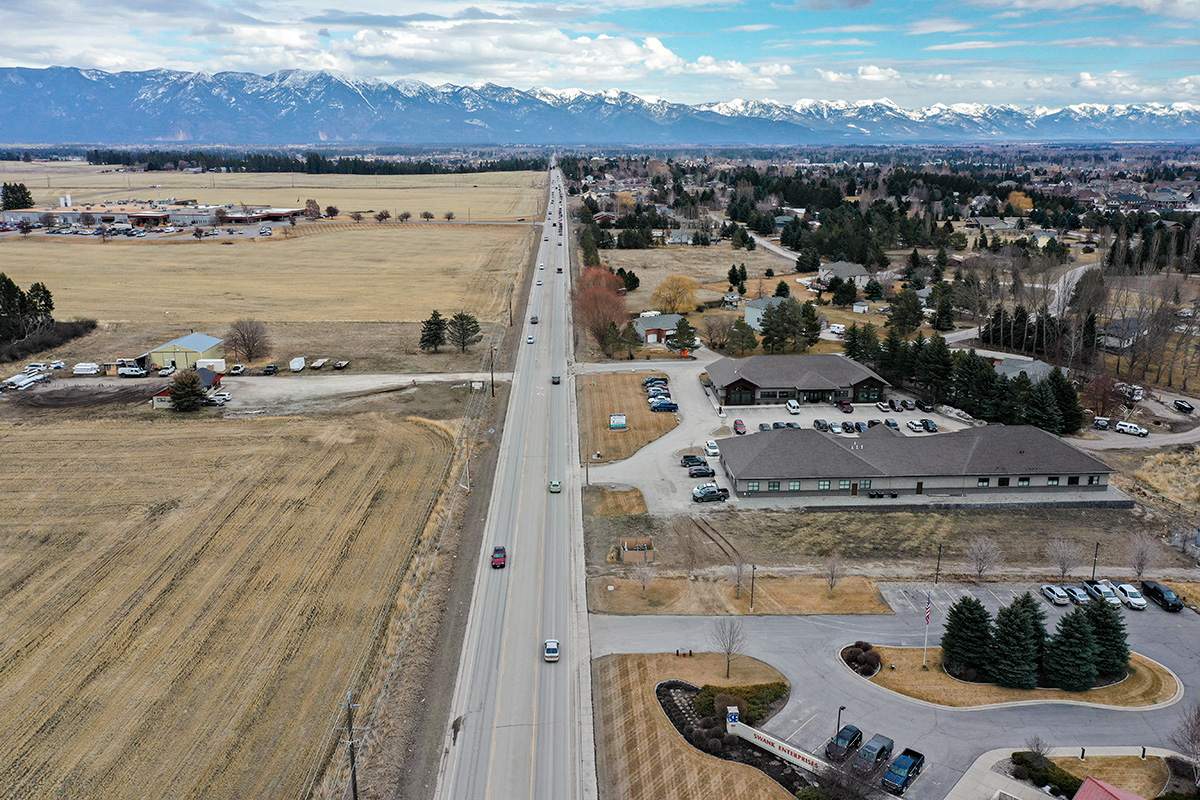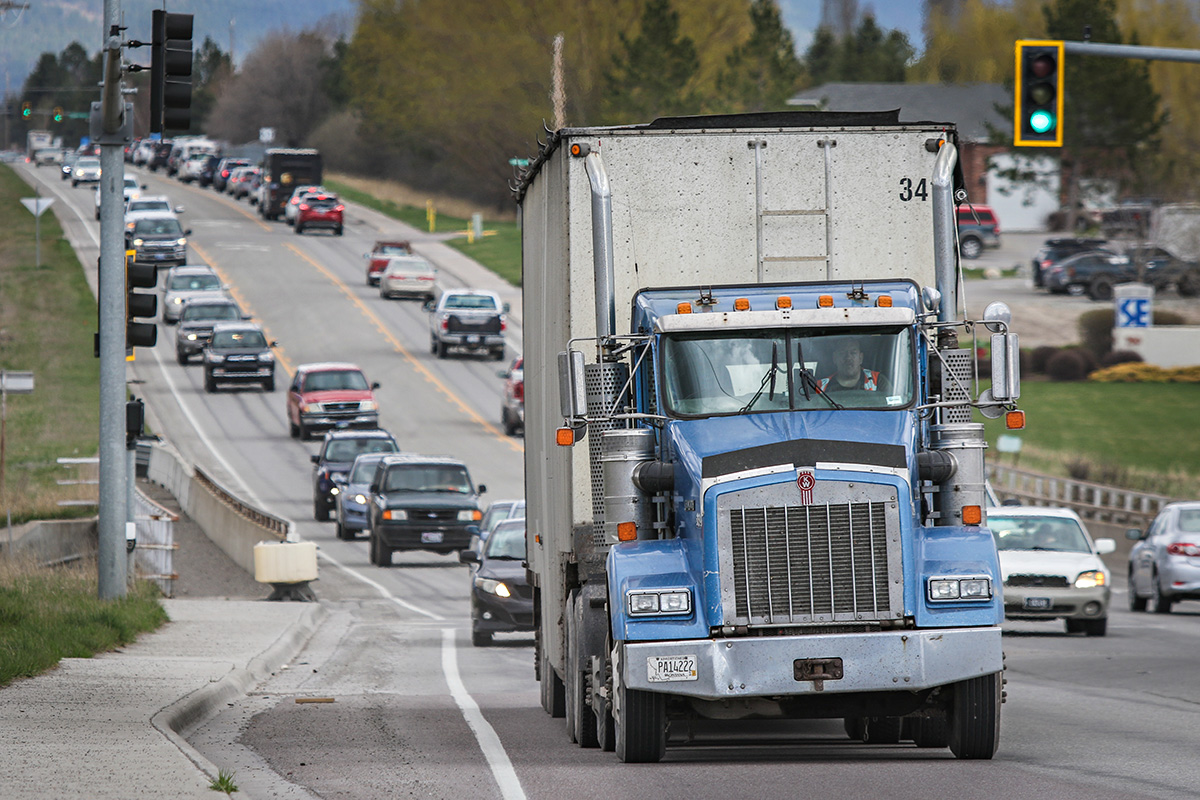The Montana Department of Transportation has initiated a study looking to improve the West Reserve Drive corridor in northern Kalispell, which stretches from U.S. Highway 93 to U.S. Highway 2 and includes a portion of Whitefish Stage Road.
Officials presented the study at two virtual public meetings on March 17, explaining how they will start developing a long-term plan for managing the road. Public concerns, environmental considerations and financial feasibility are currently under evaluation, and entities involved include the Montana Department of Transportation (MDT), Federal Highway Administration, consulting firm DOWL, local jurisdictions, resource agencies and the general public.
“I think everybody knows that Kalispell is experiencing a very high growth, particularly on the north end,” MDT Missoula District Administrator Bob Vosen said. “I also think everybody is aware of the traffic congestion we see.”
The study began in September 2020 and is scheduled for completion in fall 2021.
Traffic congestion along the busy stretch of road is the main concern for officials, which is near capacity with an estimated 18,000 to 20,000 vehicles traveling on the west end and 13,000 to 15,000 vehicles on the east end per day. The intersections of Highway 93, Whitefish Stage Road and Highway 2 are particularly concerning and are failing, according to officials.
Projections for 2040 conclude that there will be 30,000 to 32,000 vehicles on the west end and 22,000 to 25,000 vehicles on the east end as growth continues.
“We expect all intersections to fail if we have existing conditions,” DOWL Traffic Engineer Sarah Patterson said.

According to traffic crash data, vehicle crashes on West Reserve Drive have doubled in the last decade, with 50 crashes in 2010 and 100 crashes in 2020. Developments in the Hutton Ranch Road area and the completion of the Kalispell Bypass likely contributed to more traffic and the uptick in crashes, officials said, with 38% of crashes occurring during peak traffic congestion from 3 p.m. to 6 p.m. Fifty-eight percent of crashes were rear-end collisions.
“We saw that Whitefish Stage Road really stood out as having a very high crash rate,” Patterson said. “That’s attributed to higher congestion we see at that intersection.”
The study will also look at future maintenance of the two bridges that cross over the Stillwater River and Whitefish River, which were both built in 1983. While the bridges are structurally sound, they both need deck maintenance, DOWL Project Manager Cody Salo said.
Environmental impacts like water quality, wetland vegetation and effects on bull trout will also be considered due to the project’s proximity to watersheds.
Officials will continue studying the West Reserve Drive corridor throughout the year and host another public meeting this summer. Following the study, officials will begin the design process for identified improvements and determine financial feasibility. A construction start date is unknown at this point.
“It’s hard to be able to say what the financial needs are until the study is complete,” Vosen said.
For information about the study or to provide input, visit dowl.mysocialpinpoint.com/west-reserve.
